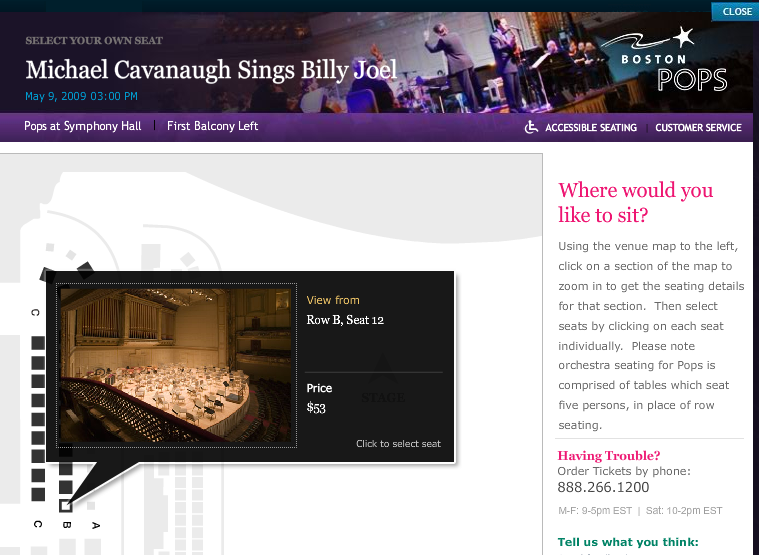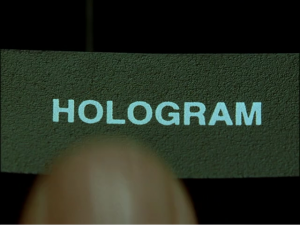You must watch Juno. This independent movie stars Ellen Page and features Jennifer Garner, Jason Bateman, and Allison Janney (for starters), and tells the story of a girl who gets pregnant.
I expected to see either “an emotional roller coaster” or “a heartwarming tale of a young girl’s battle to overcome family adversity and raise a child alone.” This movie is neither. It’s a charming story, in fact. A girl in a loving family finds herself pregnant, and works through the situation. She’s funny, her family at no point threatens to kick her out if she doesn’t get her act together, and the film never takes itself too seriously. It’s the best of what independent cinema can do.
Bleeker: So what do you think we should do?
Juno: I thought I might, you know, nip it in the bud before it gets worse. Because I heard in health class that pregnancy often results in an infant.
Bleeker: Yeah, typically. That’s what happens when our moms and teachers get pregnant.
Plus, I discovered just after watching it that it’s mentioned in an episode of The Big Bang Theory, where Rajesh Koothrappali is featured in the same magazine article as “Ellen Page, star of the charming independent film Juno.”

